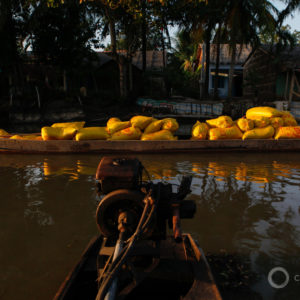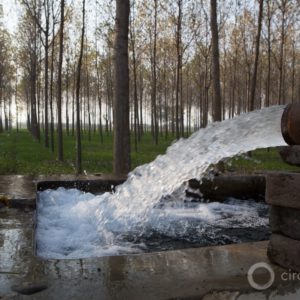The Stream, August 3: Uneven India Monsoon Brings Droughts and Floods
The Global Rundown
Levels of monsoon rainfall have ranged widely across India this season, causing droughts in some regions and floods in others. New research suggests that dangerous heat waves, made worse by the humidity from monsoon rains, could afflict three-quarters of the South Asia population by the end of the century. Nearly half of new cholera cases in Yemen are affecting children, many of whom are also suffering malnutrition, aid agencies report. Erratic rainfall and water mismanagement threaten biodiversity in Pakistan’s desert wetlands, according to conservationists. A controversial groundwater pumping project has been approved to provide water for oil operations in Texas.
“Where it is not necessary, rainfall is abundant. Here, we badly need rains, but we haven’t got them in a fortnight.” –Netaji Surywanshi, a farmer in India’s Maharashtra state, commenting on uneven monsoon rains across the country. Rainfall in some regions is as much as 34 percent below average, while in others it is 126 percent above normal levels. (Reuters)
By The Numbers
1 million children Number under the age of 5 who are malnourished and at risk from a cholera outbreak in Yemen, according to aid organization Save The Children. Approximately 44 percent of new cholera cases in the country are infecting children under the age of 15. Reuters
20.4 million liters per day Amount of groundwater that the proposed Agua Grande water transfer project would pump from the Apache Mountains in Texas to hydraulic fracturing operations in the state’s Permian Basin oil field. The project gained approval Wednesday from the Culberson County Groundwater Conservation District, despite opposition. Houston Chronicle
In context: Groundwater depletion stresses majority of world’s largest aquifers.
Science, Studies, And Reports
If climate change emissions are not controlled, approximately 4 percent of the population in South Asia will likely be exposed to extreme heat waves that are unsurvivable by the end of the century, while 75 percent of the region’s population could experience dangerous heat waves, according to a study published in the journal Science Advances. Monsoon rains and irrigation could exacerbate these heat waves by adding humidity. Guardian
On The Radar
Climate change and the mismanagement of water resources are putting desert lakes and wetlands in southeastern Pakistan’s White Desert at risk, according to environmental campaigners. They warn that shifts in rainfall and releases of floodwater through irrigation canals are damaging biodiversity. The Third Pole
A news correspondent for Circle of Blue based out of Hawaii. She writes The Stream, Circle of Blue’s daily digest of international water news trends. Her interests include food security, ecology and the Great Lakes.
Contact Codi Kozacek




